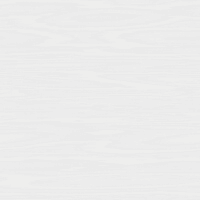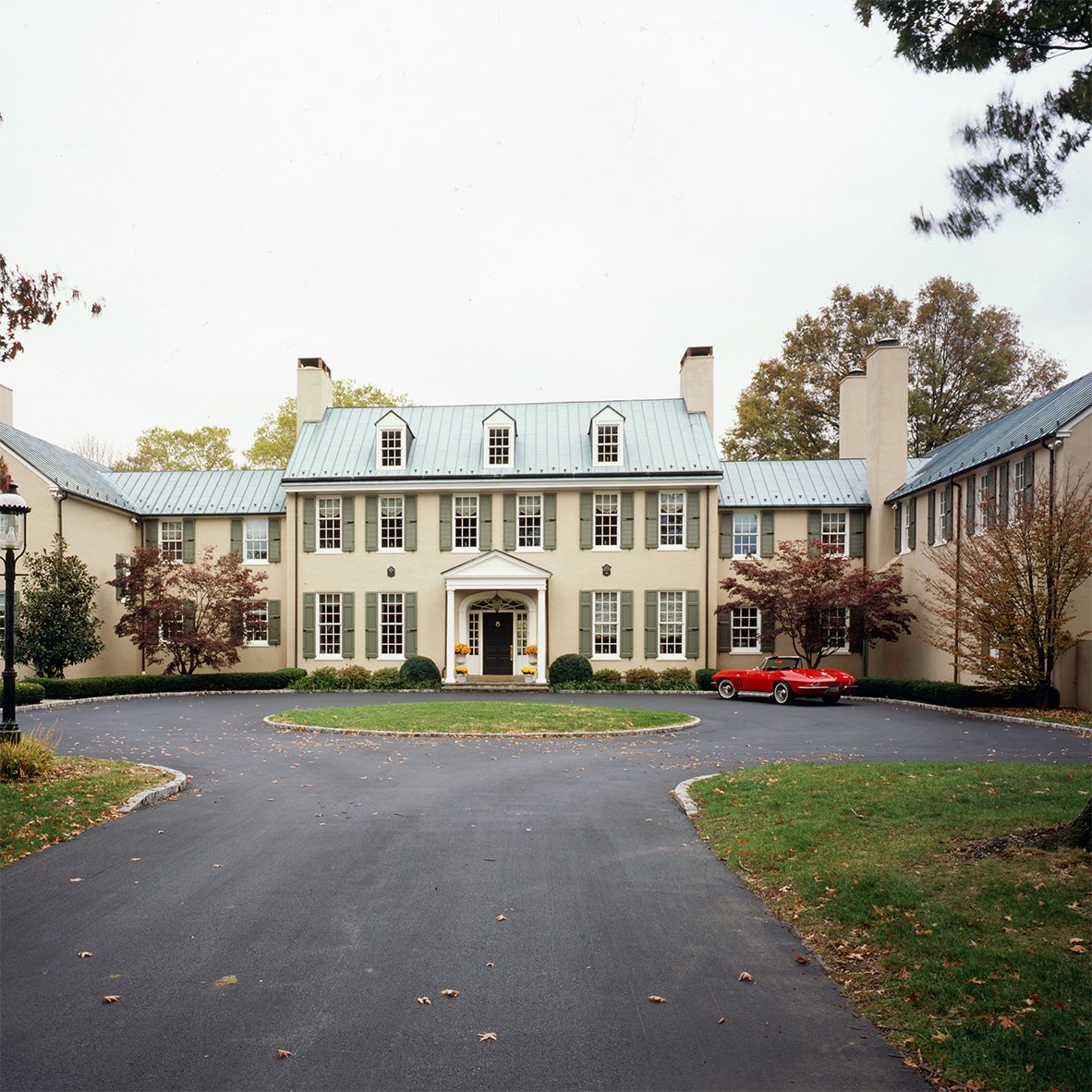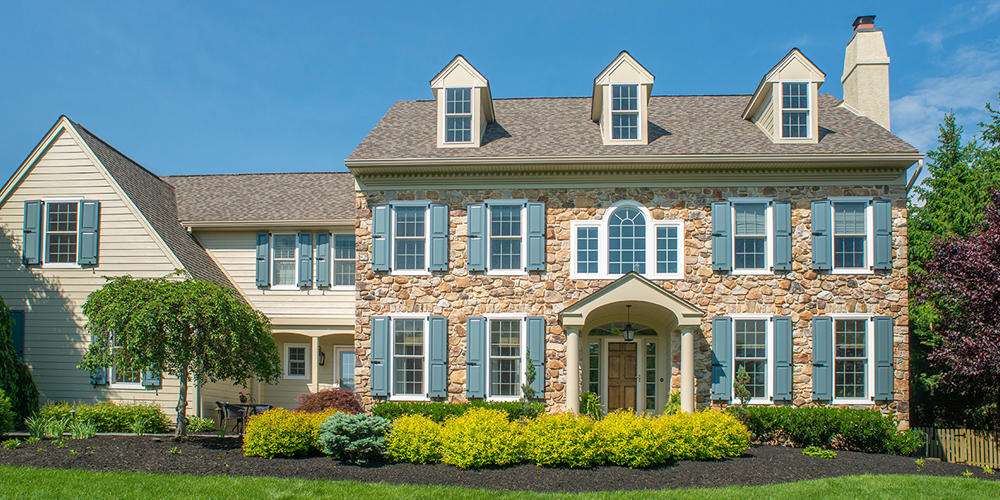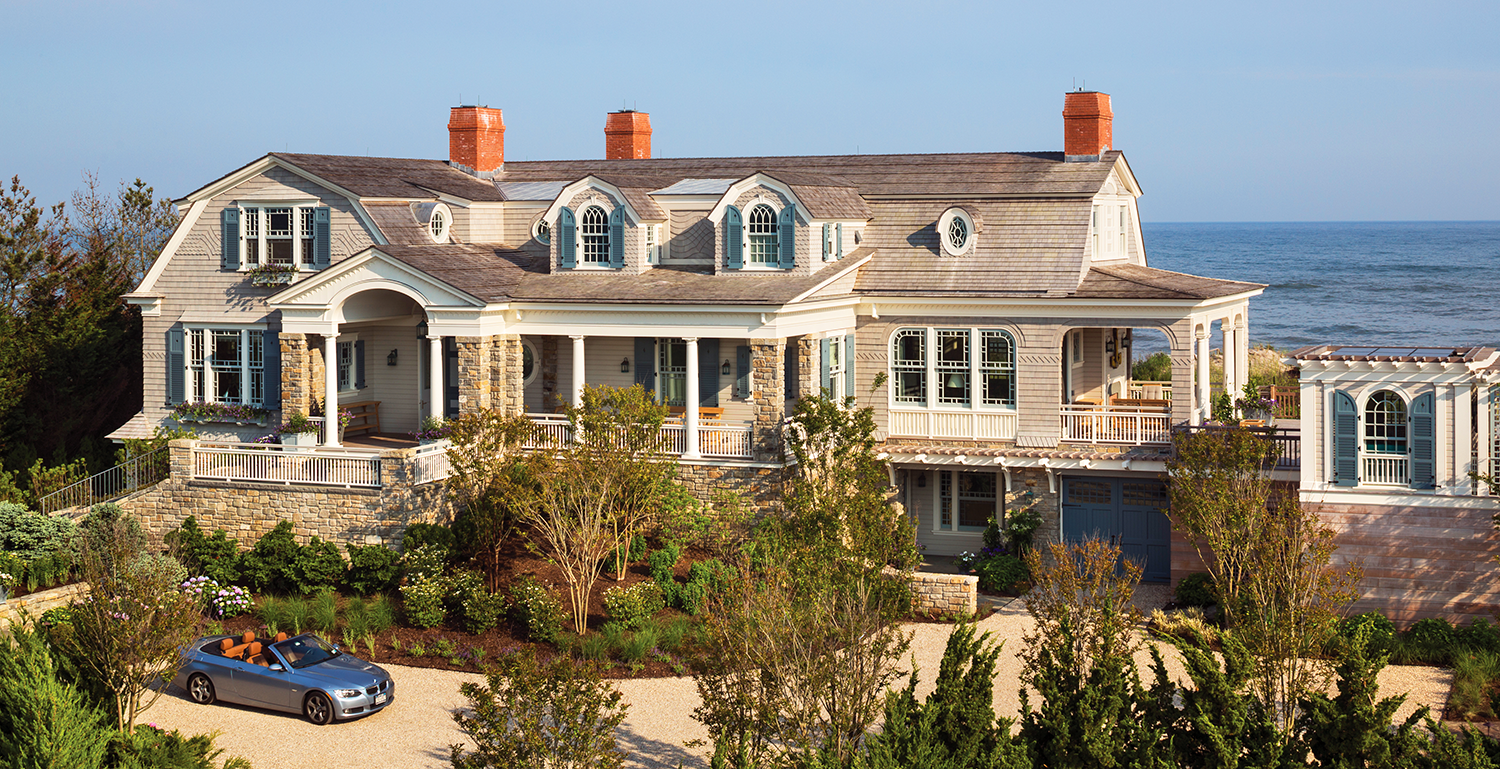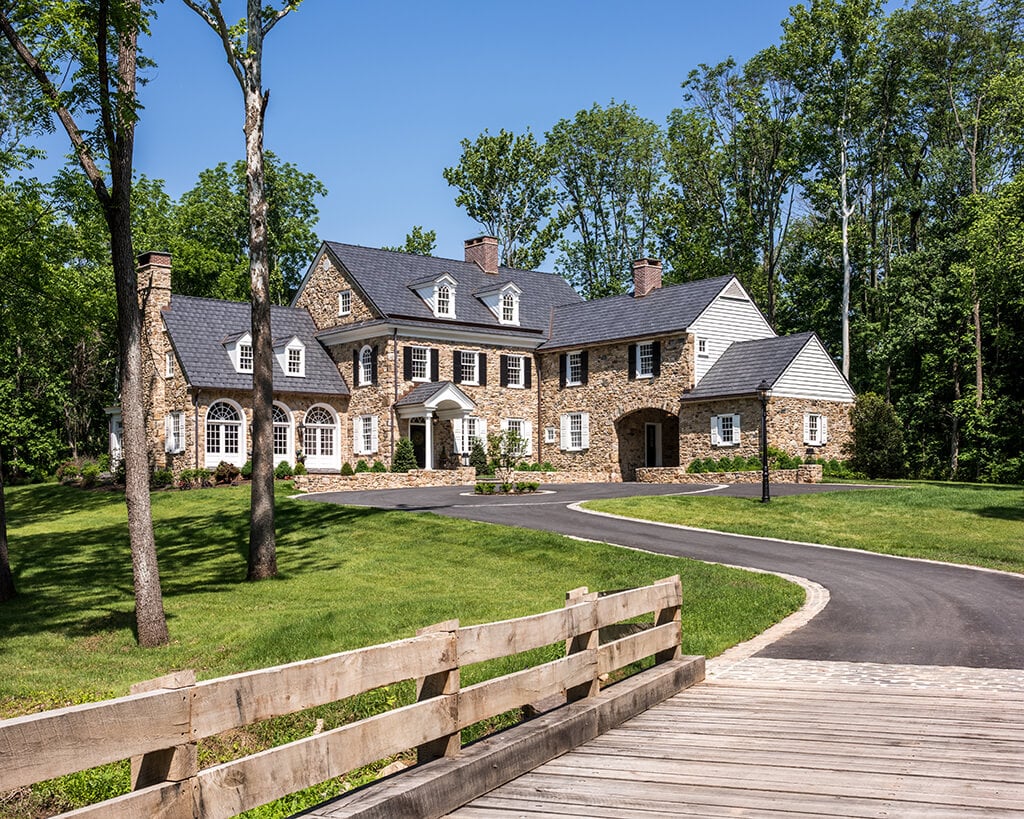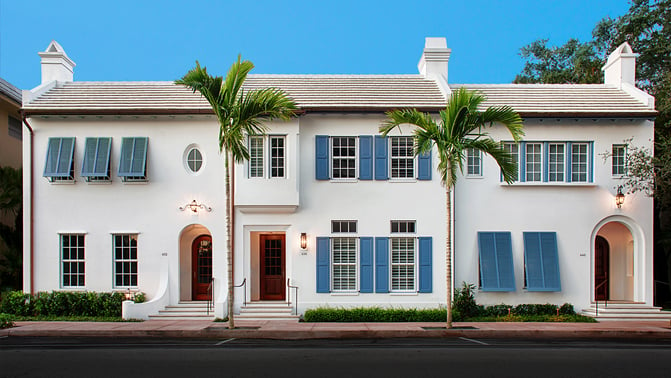
The term “storm shutters” seems clear enough. Storm shutters are exterior shutters intended to protect windows and interiors from damage caused by high winds, heavy rains and other weather-related factors.
But storm shutters can apply to several shutter styles. These include everything from basic wood and metal panels that are affixed over windows in advance of a storm to unconventional shutters that are encased in housings around windows during calm weather and unrolled or unfolded over windows before storms.
Premium storm shutters should fit windows precisely, be simple to deploy, and provide year-round beauty and protection. So how do you know if your home or commercial property would benefit from storm shutters, and what type of storm shutter is optimal for your structure?
Storm Shutter Considerations
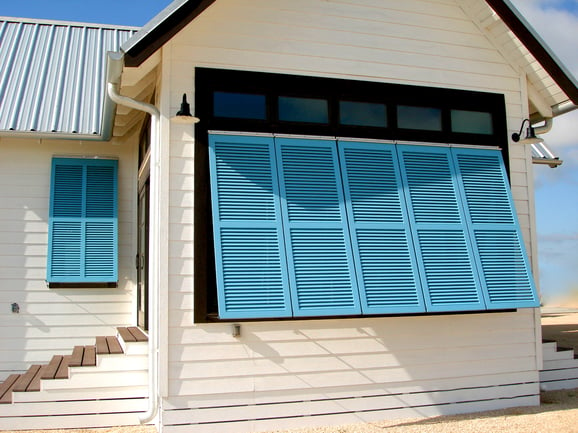
f you reside in a coastal region, storm shutters have become increasingly important as tropical storms like hurricanes become more frequent. In fact, some coastal states and municipalities have ordinances that require homeowners and other property owners to install storm shutters or so-called hurricane shutters.
In these areas, it’s crucial that storm shutters be made from a durable material such as aluminum and be hurricane-rated to withstand winds over 100 mph. Aluminum is ideal for storm shutters because it’s lightweight, long-lasting and lends itself to personalization options such as different shutter profiles and color finishes.
That said, storm shutters aren’t just for hurricane defense. Storm shutters can also be practical additions to homes and other structures in climates that regularly experience intense winds and strong storms.
For example, Midwestern residents may not have to cope with the gale-force winds and driving rains of hurricanes, but they do face seasonal thunderstorms that often bring robust winds and pummeling precipitation — including hail — and occasionally spawn tornadoes. Those who live in the Southwest, on the other hand, encounter less moisture but frequently experience vigorous breezes that can drive dust storms.
In these cases, storm shutters help protect windows and interiors from blowing debris as well as potentially damaging precipitation. If your home or commercial building is situated in a way that it bears the brunt of weather extremes, storm shutters can be advantageous no matter where you are.
Storm Shutter Styles
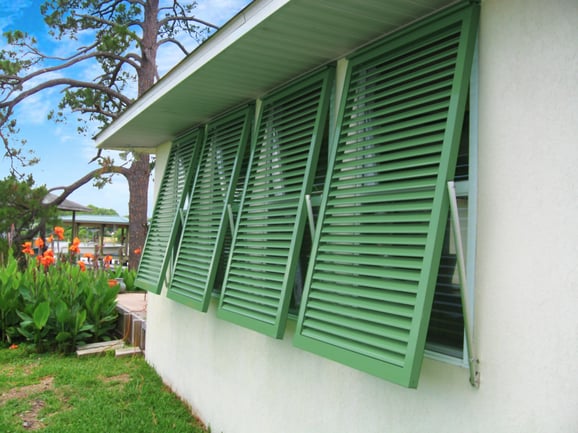
The expressions “storm shutters” and “hurricane shutters” are used interchangeably, in part because storm shutters are most often used for protection against the effects of tropical storms.
Hurricane shutters come in different forms, perhaps most commonly the style known as Bermuda shutters (aka Bahama shutters). These shutters feature fixed, downward-angled louvers and are designed to be lowered over windows to shield them from the elements.
During nice weather, Bermuda shutters can be raised to let in natural light and air. Bermuda shutters also facilitate airflow when the shutters are closed but windows are open.
Unlike other styles of hurricane shutters, which can be cumbersome to utilize and unsightly to look at, Bermuda shutters possess both function and curb appeal. They’re fast and easy to raise and lower, and they’re available in a spectrum of colors and finishes, including custom colors and powder-coated paints, to complement your home or commercial property’s unique design.
As for what may be called “storm shutters” in noncoastal areas, Bermuda shutters can still be a good choice depending on your needs and personal taste. But they are not the only option.
In regions without the high-impact risks of tropical storms, many homeowners and commercial property owners turn to other operable shutter styles like panel shutters to safeguard their windows from severe weather. Panel shutters are widely used as decorative shutters, but they are also manufactured in functional versions designed to close completely over windows.
Unlike Bermuda shutters, panel shutters open and close horizontally. But like Bermuda shutters, they provide additional control of natural light, airflow and privacy while defending homes and other buildings from harsh weather.
Panel shutters are typically made of a hard-wearing wood like mahogany or a sturdy PVC material such as Endurian®. Good panel shutters may not be hurricane-rated, but they should be stout and able to withstand exposure to abrasive seasonal elements.
Timberlane Shutters: Shelter From the Storm in Style
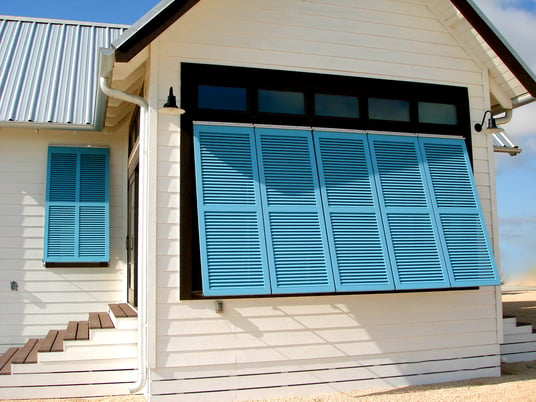
As the maker of the finest exterior shutters, Timberlane knows that storm shutters don’t have to be unwieldy and without flair.
Our hurricane shutters and other operable shutter styles are built to provide lasting function and sophistication. Our accomplished craftsmen are supported by a friendly, knowledgeable team who have extensive experience working with homeowners and trade professionals to select the ideal shutters for their homes or commercial properties.
If you’re ready to learn more about your shutter options or to request a quote, connect with Timberlane today.

